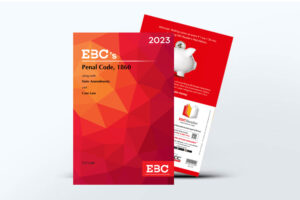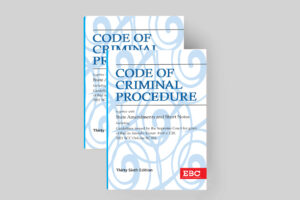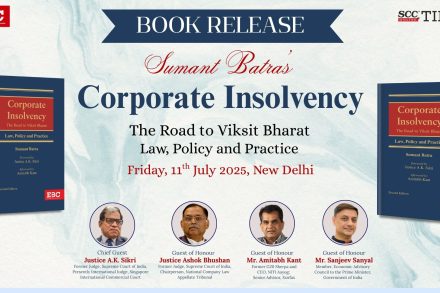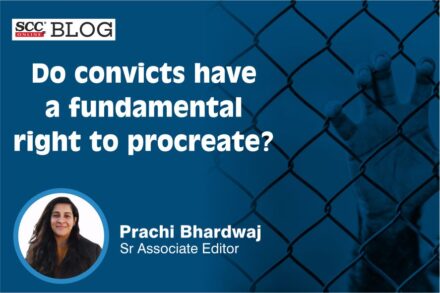Gujarat High Court: In the present case, a criminal appeal by appellant/accused was filed against the judgment of conviction and order of sentence by Fast Track Court (‘Trial Court’) where the trial was conducted against nine accused persons in which four of them were convicted under Sections 143, 147, and 436 read with 148 of the Penal Code, 1860 (‘IPC’) and rest five were acquitted. A Single Judge Bench of Gita Gopi, J., stated that the Trial Court erred in the appreciation of the evidence and conviction was not based on reliable and corroborative evidence. The identification of the accused persons had not been proved during the trial and whether they were members of the unlawful assembly, was also not proved. Thus, considering all the material on record, the Court set aside the judgment of conviction and accordingly, acquitted the three accused persons in 2002 post Godhra riots case.
Background
In the aftermath of the 2002 Godhra incident, a mob of 100-150 person gathered in Anand, Gujarat with common object of riots and arson allegedly attacking shops. A trial was conducted against nine accused persons, out of them, four were convicted under Sections 143, 147, and 436 read with 148 IPC and rest five were acquitted. The four accused persons filed a criminal appeal challenging the Trial Court’s judgment of conviction and order of sentence. One of the criminal appeals involving Accused 1 got abated as he died.
The accused contended that under Section 149 IPC, no conviction could follow if the number of convicted persons were less than five. Further, benefit of doubt should have been given as dock identification made for the first time in the Court was not safe to rely upon. The Investigating Agency had failed to conduct a Test Identification Parade (‘TIP’), and in the absence of TIP, the dock identification of the accused persons by the witnesses became highly doubtful, especially, when none were named in the First Investigation Report (‘FIR’). Additionally, it was contended that, under Section 313 of the Criminal Procedure Code, 1973 (‘CrPC’), if the incriminating circumstances against the accused were not put to the accused for clarification, such circumstances could not be used to convict them and had to be excluded from consideration.
Analysis and Legal Reasoning
1. Section 149 IPC — Requirement of Minimum Five Members
The Court noted that if the unlawful assembly of more than five persons have been put to trial, and a large number of accused persons were acquitted, and the remaining who had been convicted were less than five, it could not vitiate the conviction under Section 149 IPC read with the substantive offence. This could have been held true if the Court had taken care to find that there were other persons who might not have been identified or convicted but were party to the crime and together constituted the statutory number.
2. Dock Identification and TIP
The Court observed that in cases where accused was a stranger to the witness and no TIP was conducted, the Trial Court should be very cautious while accepting the dock identification by the witness. In absence of TIP, the dock identification of the accused would always remain doubtful. The absence of TIP might not have prejudiced the prosecution’s case or affected the identification, if the witness’s evidence identifying the accused persons in the Court was of a sterling quality.
3. Reliability of Witnesses
The Court observed that in cases of large-scale rioting, it was a challenge to identify the individual participants and their roles. Establishing a common object among the members of the unlawful assembly was difficult. Witness testimony could be unreliable or influenced by fear, bias or personal interest. Further, the conviction could be based on the testimony of single eyewitness if he was wholly reliable. Corroboration was required when he was only partly reliable.
4. Complaint
The Court noted that the complaint was not produced along with the charge-sheet, so it could not be inferred that it was in the custody of police and became the part of the charge-sheet. Without any endorsement of its receipt, such assumption could not be made by the Court of it being given to the police, as addressed. The prosecution’s basic requirement was to prove that the statement was given before police. However, none of police witnesses said that the complaint was given before them. Thus, the Court stated that the complaint produced during trial, after the completion of investigation and filing of chargesheet, could not be considered as a previous statement.
The Court observed that the accused persons were not confronted with part of evidence, which was against them and recorded during the trial. The Court stated that Under Section 313 CrPC, the accused has a duty to furnish an explanation in his statement regarding any incriminating material that has been produced against him. The accused had the freedom to remain silent or remain in complete denial when his statement under Section 313 CrPC is being recorded. However, in such an event, the Court would be entitled to draw an inference including such adverse inference, against the accused as might be permissible in accordance with law. If there was failure to put material circumstances to the accused, then it would amount to serious irregularities which would vitiate the trial if it was shown to have prejudiced the accused.
The Court noted that since the matter was of the year 2005, and more than 19 years had passed, it would not be in the interest of the accused persons to remit or remand the matter to the Trial Court from the stage of recording the supplementary statement of the accused concerned under Section 313 CrPC. Further, it could not be said that there was any material prejudice, however, it could be considered that the accused were adversely affected since they had no opportunity themselves to deny this evidence against them. But it would not, only on that count, vitiate the whole trial.
Decision
The Court held that remanding back the matter for recording the explanation of the accused persons would not have been ideal, but it could necessarily be said that omission to refer those circumstances had affected the appreciation by the Trial Court.
The Trial Court had erred in the appreciation of the evidence as the conviction was not based on reliable and corroborative evidence. The identification of the accused persons had not been proved during the trial. The accused persons, whether they were members of the unlawful assembly, was not proved, and that they had common object of creating arson had not been proved, and any act of the accused in prosecution of the common object, of setting things on fire and damaging the private and public property, had not been proved during the trial.
Thus, the appeals were allowed, and the judgment of conviction and order of sentence by the Trial court was quashed and set aside. The accused persons were acquitted of all the charges levelled against them.
[Sachinbhai Hasmukhbhai Patel v. State of Gujarat, 2025 SCC OnLine Guj 3022, decided on 28-7-2025]
Advocates who appeared in this case:
For the Appellants: Vijay Patel, Chirag Upadhyay, Advocates
For the Respondents: Monali Bhatt, Additional Public Prosecutor









